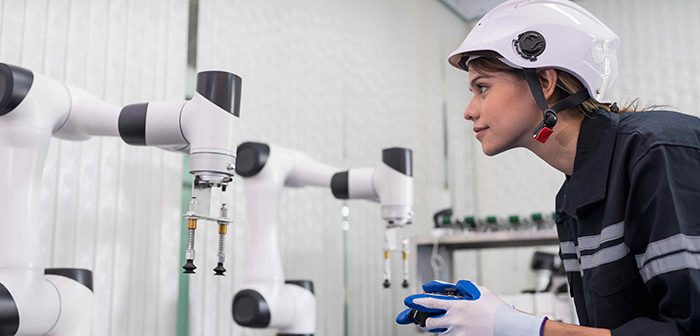
CSIRO and Google Australia have announced a multifaceted collaboration to accelerate and transform artificial intelligence (AI) adoption in science.
The collaboration, part of the existing five-year partnership between the organisations, aims to catalyse the use of AI in the Australian research community through a range of activities, including joint research, education, training and support.
CSIRO’s AI for Science Program Director, Dr Stefan Harrer, said recent improvements and increased access to generative AI technology had enabled researchers to use AI in entirely new ways.
“Narrow AI, AI trained for a specific task, has been used by scientists for years to great effect. For example, Google’s AlphaFold model has made fundamental breakthroughs in protein structure prediction,” he said. “Responsible use of broad, generative AI has the potential not only to accelerate but to transform scientific discovery.”
Before the advent of generative AI, researchers spent years developing AI models that could not scale or be easily transferred to new scientific problems. This meant using AI tools was not an option for many researchers.
“Now there’s been a fundamental shift in the way AI can be used in research,” added Harrer. “We want to ensure Australian researchers have the skillset to reap the benefits.”
Lizzie Dorfman, Product Lead for Science AI at Google Research, said the organisation was using AI to help tackle big scientific challenges.
“At Google, scientists and engineers use AI to accelerate scientific discovery in biology, chemistry, earth science and beyond,” she said. “We strongly believe in the value of sharing these approaches – collaboration has always been central to scientific progress and to our scientific research at Google. I am excited that Google is investing even further in community building within the Australian science community and extending our partnership with CSIRO.”
The announcement is a part of the five-year collaboration agreement announced in 2021 which has already automated the identification of invasive starfish on the Great Barrier Reef; is identifying and mapping seagrass meadows to better understand their carbon sequestration potential; and using AI to help preserve and restore endangered Giant Kelp forests.






